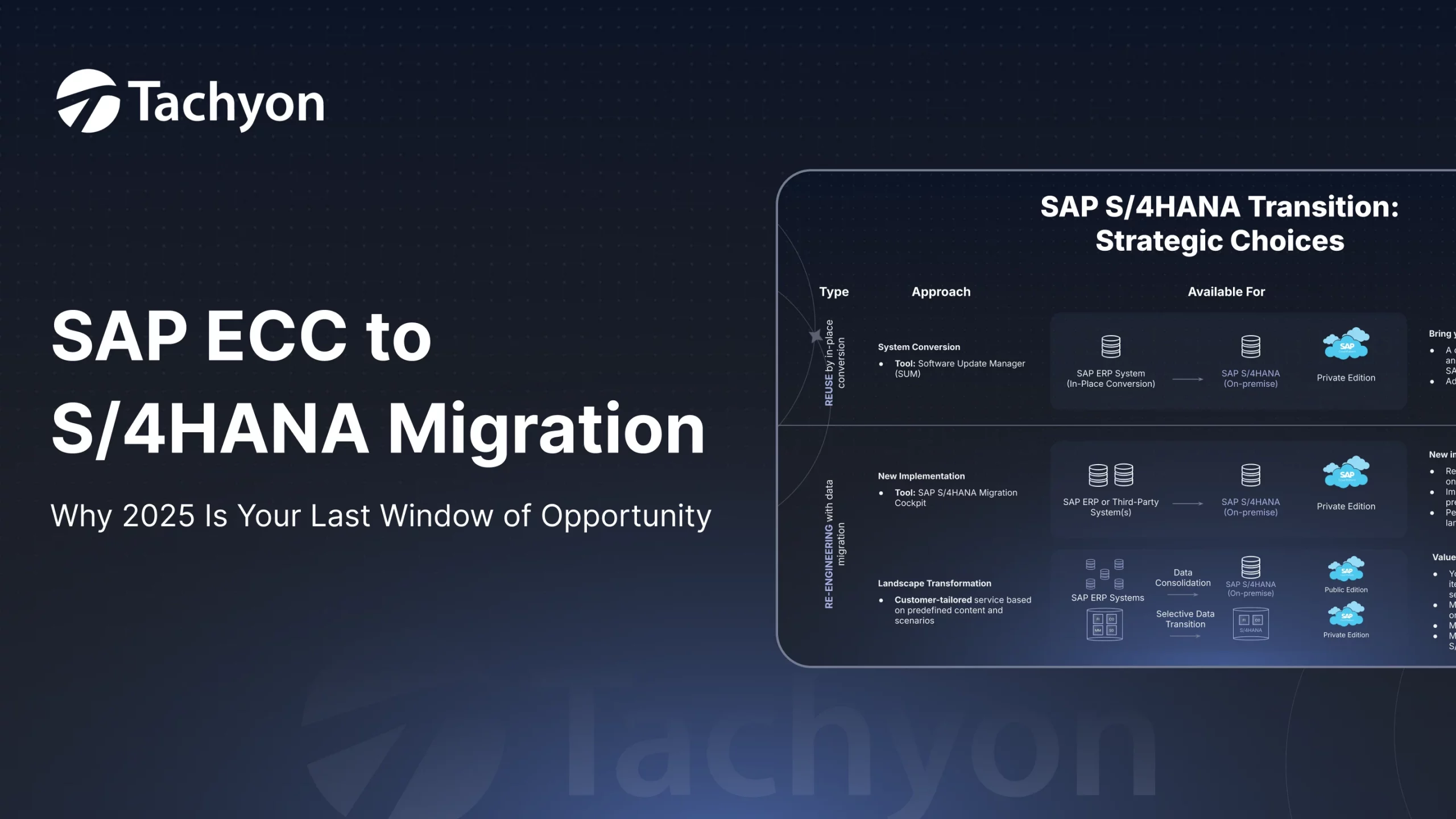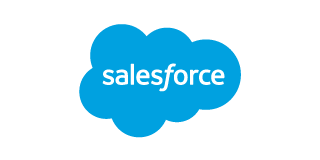SAP S/4HANA is a powerful ERP system that empowers businesses to make smarter, faster decisions with real-time insights and automating key business processes like finance and operations. Given the trust and agility it provides, it’s no surprise that over 21,089 companies are powered by SAP systems today.
However, to fully benefit from SAP S/4HANA, a well-thought-out implementation strategy is necessary to minimize delays, streamline operations and reduce costs. Whether you’re just starting out and implementing SAP S/4 HANA or are in midstream to moving to this technology, these best practices will increase the odds of implementation success.
Have a clear transformation readiness strategy
SAP S/4 HANA’s capabilities can make it tempting to jump straight into implementation. However, to avoid costly mistakes, pace yourself and control the tempo. For example, ensure your IT team has a strong understanding of the system’s basics. Encourage them to attend courses or webinars to grasp how the transformation works. By building this internal competence, you’ll be better equipped to take control of the process, rather than letting the transformation control you.
Plus, system integrators typically charge by the hour, so making big decisions on a tight schedule can drain both time and budget. A clear transformation readiness strategy helps you stay focused and make informed decisions that align with your long-term goals.
To ensure a smooth and cost-effective implementation, address these four key areas:
- People: Ensure your team is on board and properly trained
- Business processes: Align existing processes with S/4HANA to avoid disruptions
- Technology: Ensure compatibility with your current systems
- Executive alignment: Secure leadership support to drive the project forward
By addressing these critical components before implementation, you’ll reduce risks, cut costs, and set the stage for a successful SAP S/4HANA transformation.
Define clear business objectives
To successfully implement SAP, the first step is identifying the most critical business areas that will benefit from optimization. Start by focusing on high-stakes, high-value processes. How?
- Conduct a business impact analysis: Engage key stakeholders to map out the processes that directly impact your business’s bottom line, such as order management, customer service, or supply chain logistics.
- Align objectives with business goals: Instead of implementing SAP just for the sake of it, ensure your SAP implementation aligns with broader company goals. For example, if your goal is to enhance operational efficiency, identify processes that are slow, inefficient, or prone to errors.
Once you have clarity on your objectives, create a project scope.
- Define a clear project scope: Hold stakeholder workshops early in the process to determine what’s included in the SAP project. These workshops allow departments to articulate their specific needs and expectations.
- Use a phased approach: Break down the implementation into smaller, manageable phases, each focusing on key areas, so the project doesn’t become overwhelming and stays within budget and timeline. For example, if you start with finance, gradually incorporate supply chain and customer service processes then.
Setting realistic expectations and timelines
Once the scope is established, setting practical timelines is essential. How can you create timelines that are both realistic and achievable?
- Collaborate with SAP consultants: Work closely with SAP experts to estimate how long each phase will take based on their experience. This helps to set achievable milestones and timelines that don’t put unnecessary pressure on your teams.
- Involve your team in discussions: Empower your team to contribute to timeline discussions, ensuring that expectations are grounded in reality. Team involvement also boosts buy-in, as they’ll have a clearer understanding of what’s feasible based on day-to-day operations.
Plan for contingencies: Be prepared to handle potential delays or obstacles. For instance, having additional training time allocated for employees to get comfortable with the system can prevent bottlenecks later.
Effective organizational change management and user training
Without addressing resistance to change and ensuring executive alignment and stakeholders alignment, your business will inevitably fall prey to lawsuits and failed implementations. In fact, 70% of change initiatives fail due to inadequate management. To overcome resistance, start by implementing clear communication strategies that emphasize the benefits of the new system, tailored to each department’s needs.
More often than not, change management is one of the root causes for failed implementation. Because you didn’t have proper change management, the implementation problems only amplify. So get to the root cause and fix it to not run into other symptoms later on.
Address resistance to change
- Implement effective communication strategies to explain the benefits of the new system.
- Engage leadership to endorse the changes and motivate employees.
Develop a change management plan
- Include strategies for employee engagement and feedback collection
- Set clear objectives and timelines for the transition
Offer comprehensive user training
- Provide training programs that cater to different user roles to ensure everyone is equipped to use the new system
- Use a mix of training methods, such as workshops, e-learning modules, and hands-on sessions.
Choose the right deployment option
You have three options to choose from:
- On-Premise – Involves installing and running software on local servers
- Cloud – Software is hosted on remote servers, accessible via the internet
- Hybrid – A combination of both on-premise and cloud solutions
Deployment option | Pros | Cons |
On-premise |
|
|
Cloud |
|
|
Hybrid |
|
|
Consider these points before selecting the deployment model
- Evaluate the size of your organization
- Consider factors like data security requirements, budget, and expected growth.
- Analyze existing infrastructure and IT capabilities
Bonus read: Choosing SAP HANA Deployment Model
Do a gap analysis before implementation
Once you’ve chosen SAP S/4HANA, it’s vital to identify risks, address gaps, and select a system integrator that aligns with your budget, technical needs, and culture. So before implementation, ensure key systems are streamlined.
While implementing SAP S/4HANA can transform your organization, success depends on careful planning, strong change management, and comprehensive user training. Following best practices will help you meet your goals, enhance processes, and achieve sustainable growth.
Simplify Your SAP S/4HANA Implementation with Tachyon
Avoid costly delays and ensure a seamless SAP S/4HANA transition. Our experts help you plan, deploy, and optimize your ERP transformation with best practices that deliver measurable business value.











